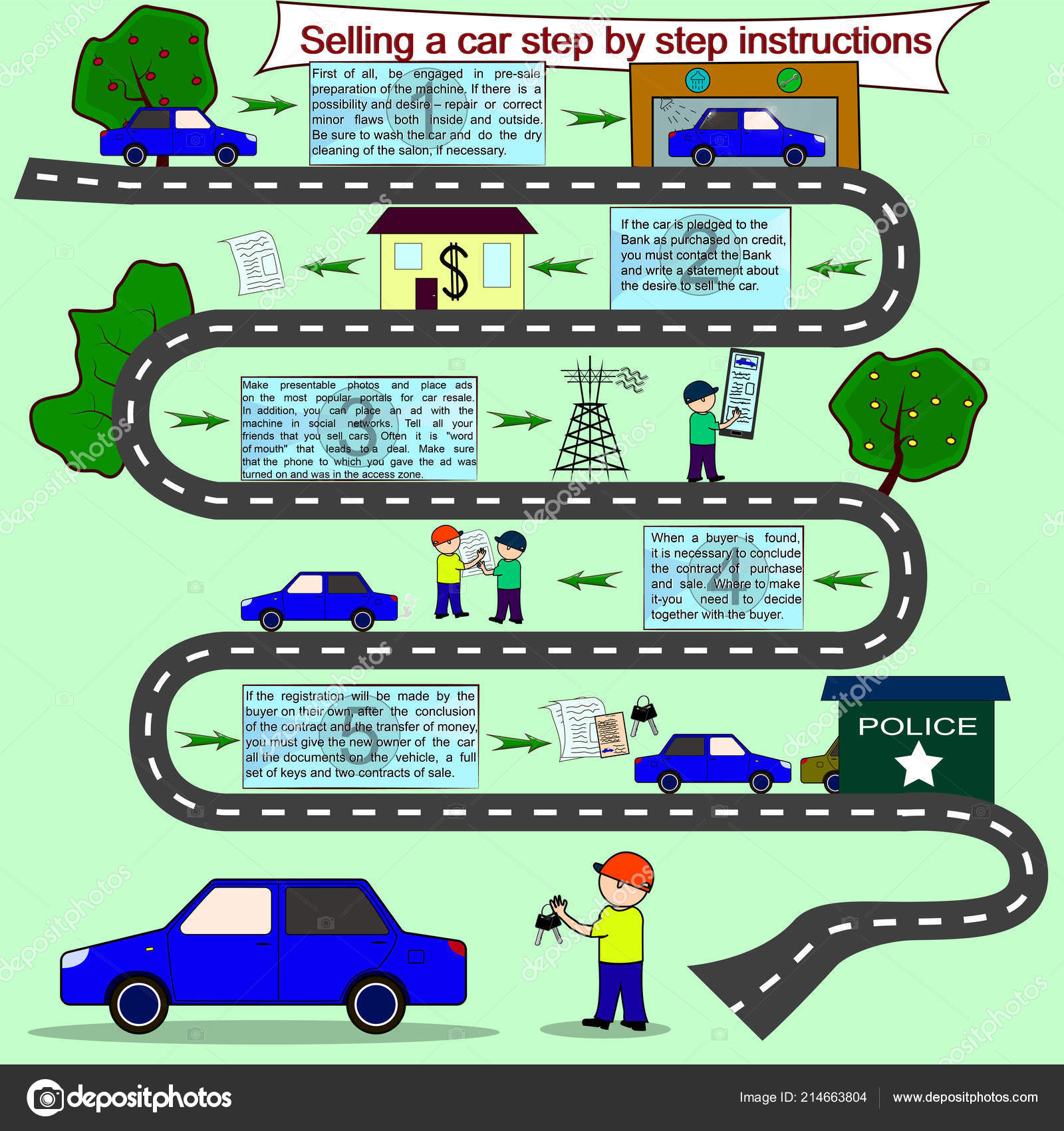Exploring The Genuine Analysis Of Your Vehicle'S Warning Lights
Exploring The Genuine Analysis Of Your Vehicle'S Warning Lights
Blog Article
Post Developed By-Justesen Ferguson
When you're behind the wheel, those radiant caution lights on your dashboard can be a bit complicated. Do you know what they're trying to inform you concerning your car's wellness? Comprehending the relevance of these lights is essential for your security and the longevity of your automobile. So, the next time among those lights appears, would not you want to analyze its message precisely and take the needed steps to address it?
Common Caution Lights and Interpretations
Determine usual warning lights in your vehicle and comprehend their significances to guarantee safe driving.
One of the most typical warning lights consist of the check engine light, which signals problems with the engine or discharges system. If this light begins, it's important to have your vehicle inspected immediately.
The oil pressure advising light suggests low oil pressure, needing prompt focus to prevent engine damage.
A flashing battery light might recommend a malfunctioning charging system, possibly leaving you stranded if not dealt with.
The tire stress monitoring system (TPMS) light notifies you to reduced tire stress, affecting car security and gas effectiveness. Neglecting this might cause hazardous driving conditions.
The abdominal light suggests a problem with the anti-lock stopping system, endangering your capacity to quit quickly in emergencies.
Finally, the coolant temperature alerting light warns of engine overheating, which can lead to extreme damages if not dealt with quickly.
Understanding these typical warning lights will assist you resolve issues immediately and preserve risk-free driving conditions.
Value of Prompt Interest
Comprehending the common caution lights in your car is just the first step; the importance of immediately dealing with these warnings can not be stressed enough to guarantee your security when traveling.
When a caution light illuminates on your control panel, it's your cars and truck's method of connecting a potential problem that requires attention. Neglecting these cautions can cause more serious problems later on, endangering your safety and possibly costing you much more in repairs.
Motivate focus to warning lights can avoid malfunctions and crashes. For instance, a flashing check engine light might suggest a misfire that, if left unattended, can cause damages to the catalytic converter. Addressing this promptly can conserve you from a pricey repair.
In a similar way, a brake system alerting light may signal reduced brake liquid or used brake pads, essential elements for your safety when driving.
DIY Troubleshooting Tips
If you see a caution light on your control panel, there are a few DIY repairing tips you can try before looking for expert aid.
The primary step is to consult your vehicle's handbook to comprehend what the particular warning light indicates. In some cases the issue can be as basic as a loose gas cap causing the check engine light. Tightening the gas cap might resolve the issue.
An additional typical issue is a low battery, which can set off different alerting lights. Examining the battery connections for rust and guaranteeing they're safe may deal with the trouble.
If drivetrain repair continues, you can try resetting it by separating the cars and truck's battery for a couple of mins and after that reconnecting it. Furthermore, inspecting automotive paint services , such as oil, coolant, and brake liquid, can assist fix alerting lights connected to these systems.
Final thought
In conclusion, comprehending your automobile's caution lights is crucial for maintaining your automobile running efficiently and securely. By immediately dealing with these notifies and knowing what they suggest, you can stay clear of pricey repair work and potential break downs.
Bear in mind to consult your automobile's guidebook for certain information on each advising light and take action as necessary to guarantee a hassle-free driving experience.
Remain informed, stay risk-free when driving!
